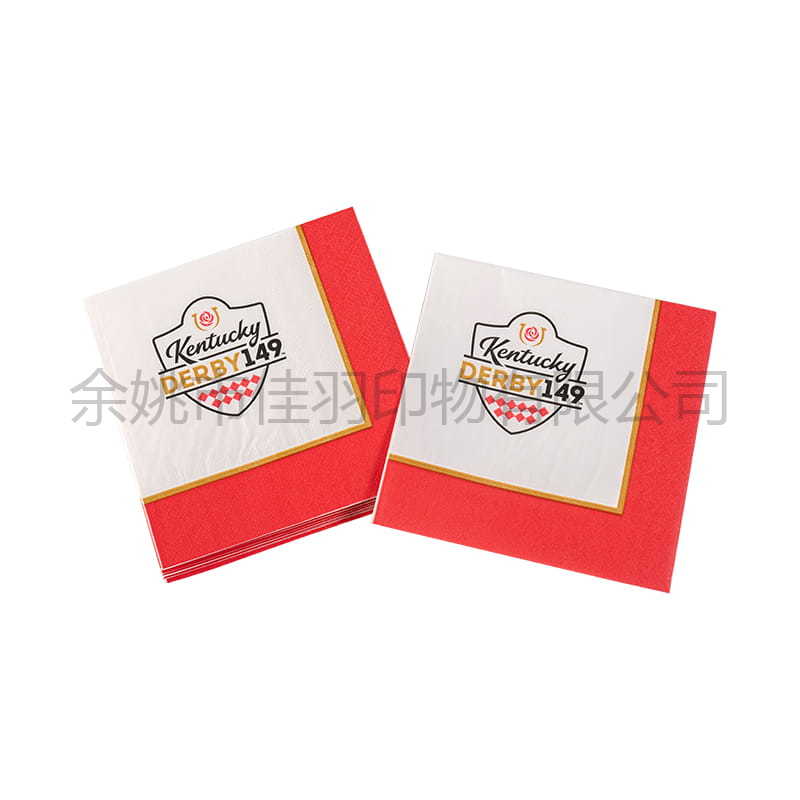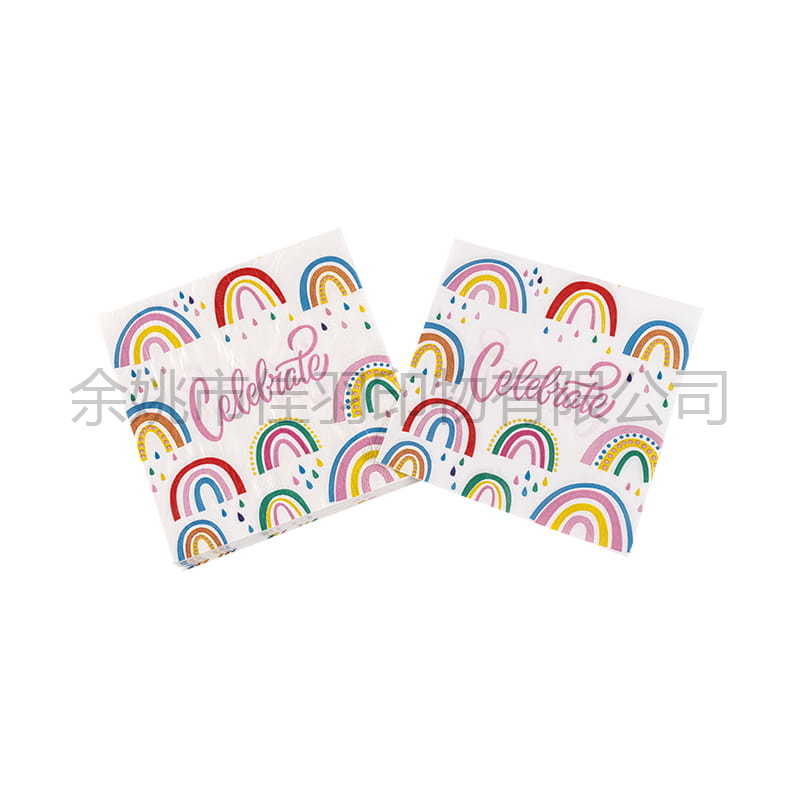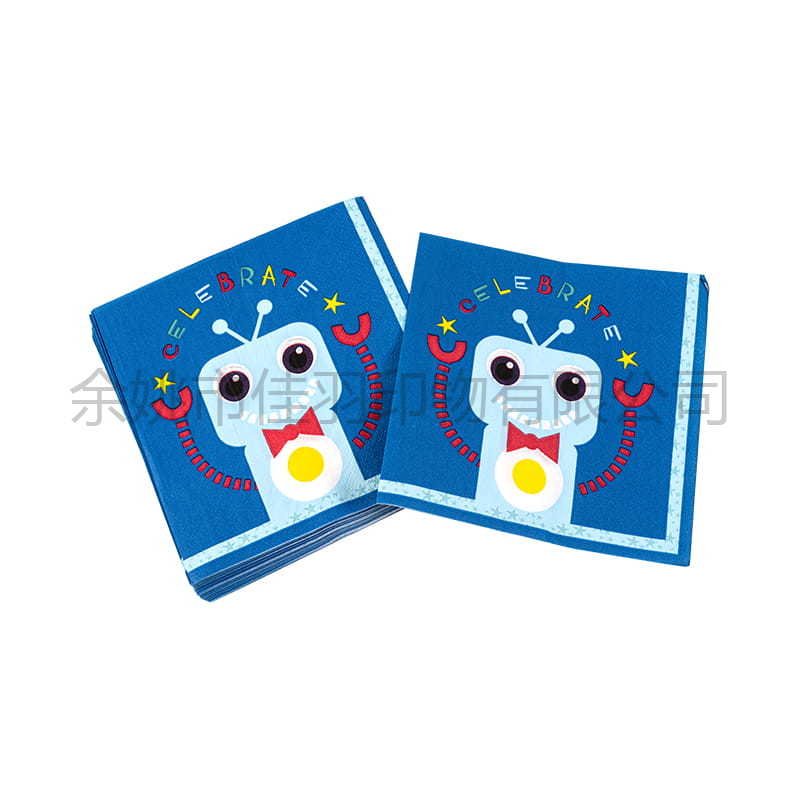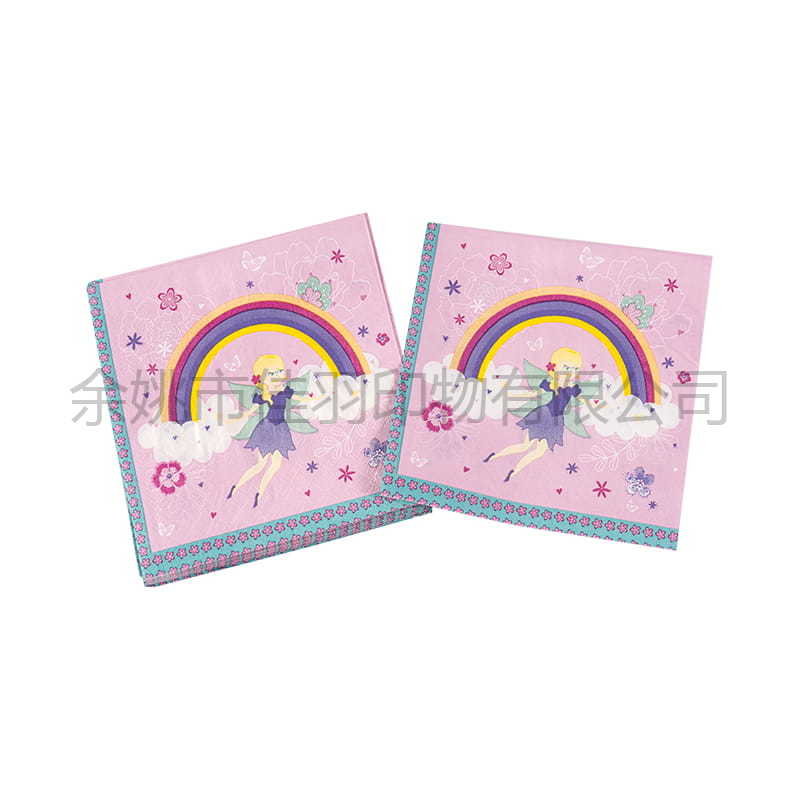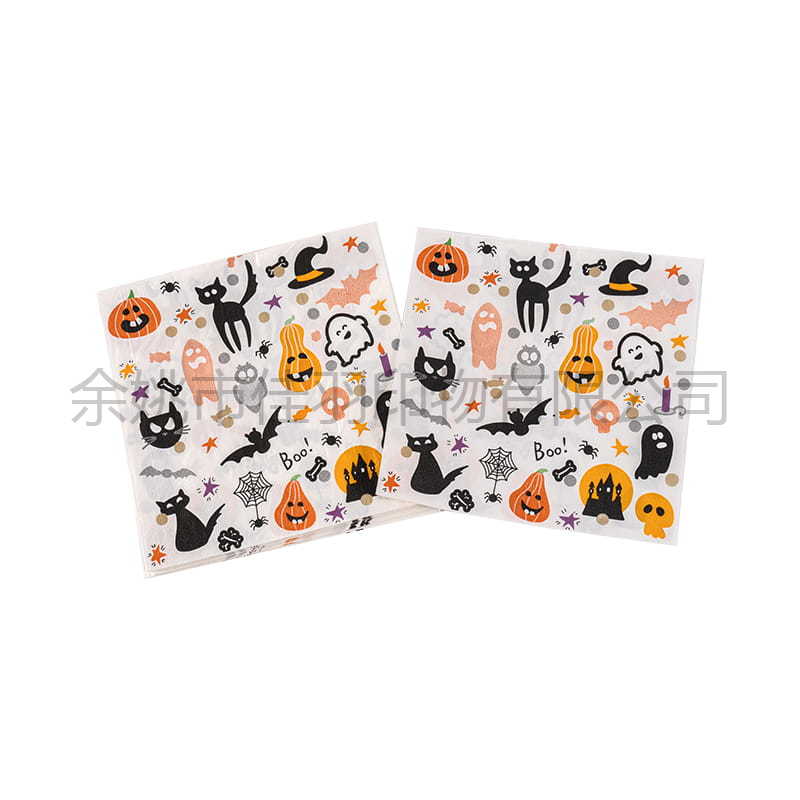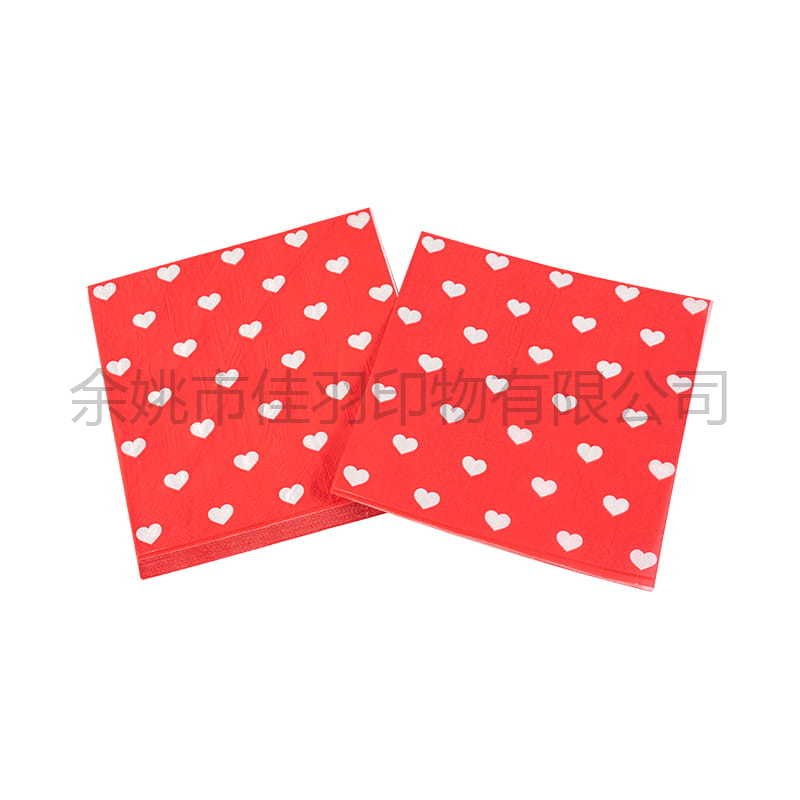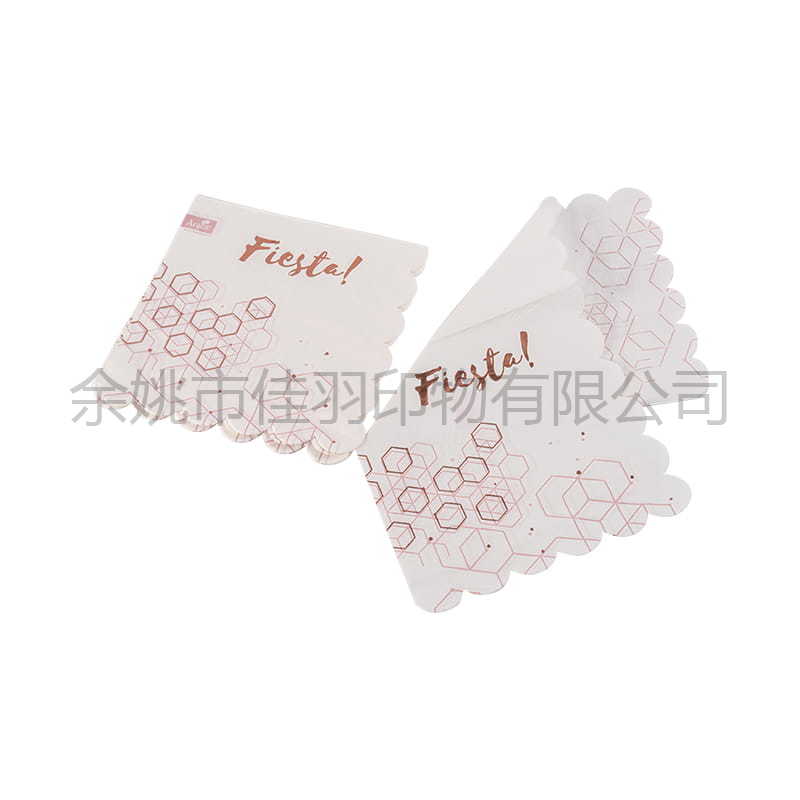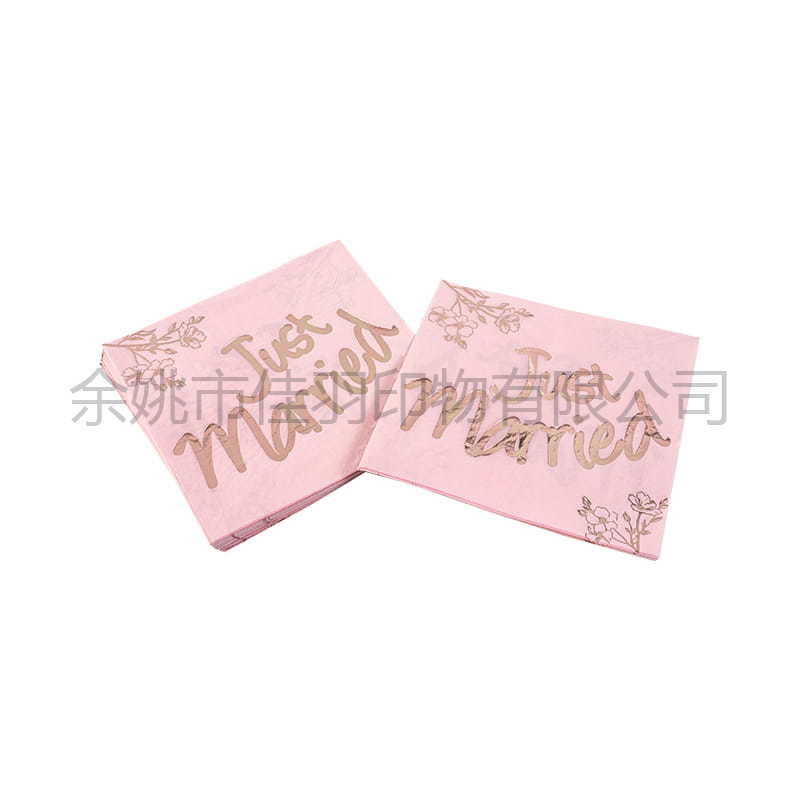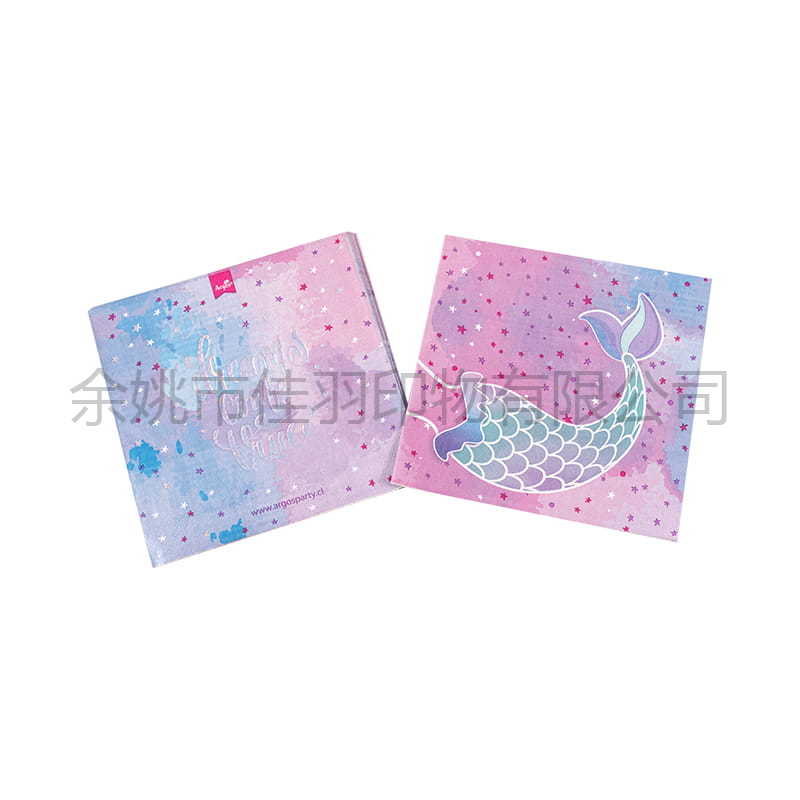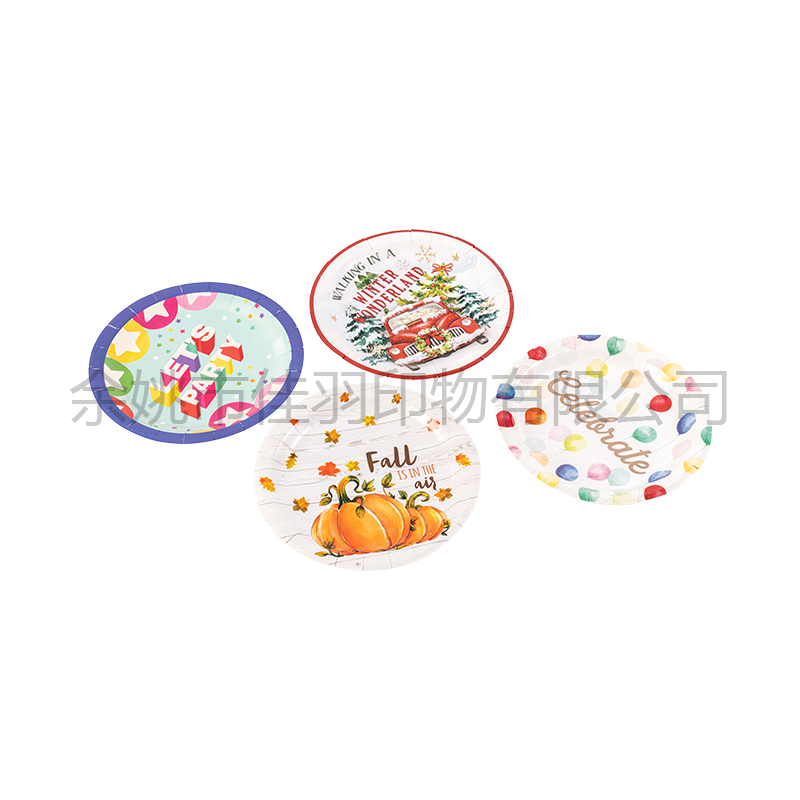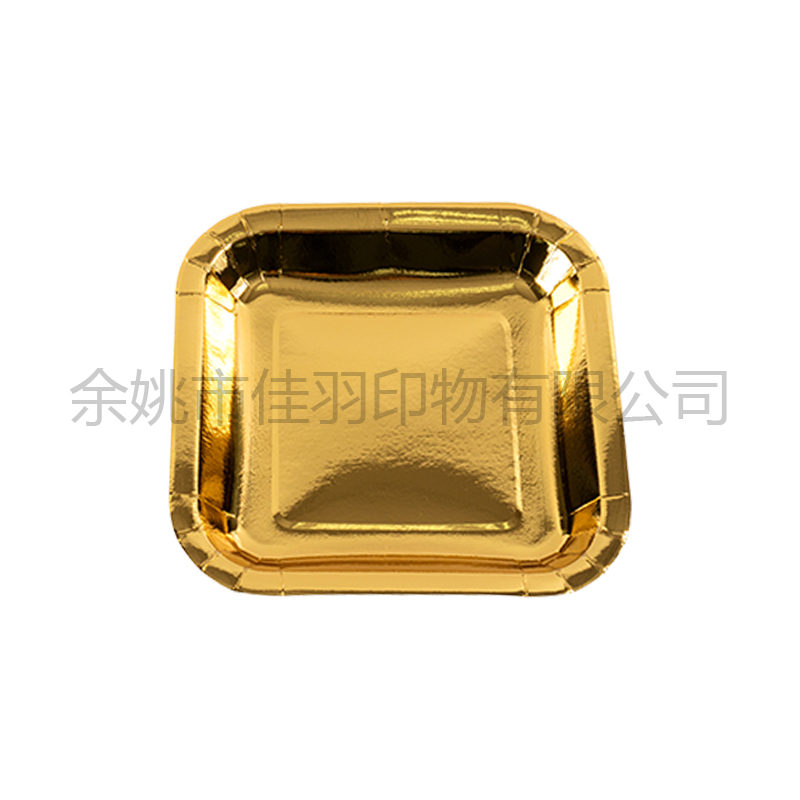Napkins are an indispensable part of our daily lives. Whether wiping our mouths after meals or cleaning the table, we've long relied on these thin, handy tissues. However, have you ever stopped to consider: Are the napkins we handle every day safe?
Health Risks of Low-Quality Napkins: Fluorescent Agents and Excessive Bacteria
Not all napkins meet strict hygiene standards. Some low-priced, low-quality products on the market often carry the following major safety risks:
1. Potential Harm from Fluorescent Brighteners
Many low-quality napkins use excessive amounts of fluorescent brighteners to achieve a "white" appearance. While moderate amounts of fluorescent agents are permitted in certain industrial applications, their addition to napkins intended for contact with food and skin requires strict controls.
Fluorescent agents are chemicals that, if transferred to food or skin, could potentially pose health risks to humans through long-term exposure. Choosing high-quality napkins minimizes this risk.
2. Excessive levels of bacteria, fungi, and other microorganisms
Some napkins produced under poor production conditions or using recycled waste paper (rather than virgin wood pulp) as raw material fail to be thoroughly sterilized during the production process, making it highly likely that excessive levels of bacteria, fungi, and other microorganisms may occur.
Using such unclean napkins to wipe dishes or your mouth directly introduces contaminants into your mouth or sensitive areas, potentially leading to gastrointestinal illnesses or other infections. Therefore, carefully evaluating the quality of your napkins is crucial.

3. Issues with raw materials and production processes
Low-quality napkins are often made from recycled pulp or scraps. The recycling process for these raw materials may leave behind harmful substances such as ink and heavy metals. Reputable manufacturers typically emphasize the use of virgin wood pulp, which is a key criterion for determining food safety.
How can you identify and choose safe napkins?
With the overwhelming variety of napkin products on the market, consider the following aspects when choosing:
Napsacks vs. Toilet Paper: Don't confuse their uses
Many people believe that there is no difference between napkins and toilet paper, but this is a misconception.
Napkins (or facial tissue) are classified as "food safety" contact products under national standards, and their requirements for indicators such as total bacterial count and migratable fluorescent brighteners are much higher than those for toilet paper. Toilet paper is primarily used in non-food contact environments like toilets, and its microbial index requirements are relatively relaxed.
For health reasons, please always use dedicated napkins for wiping your mouth or contacting food. Toilet paper should never replace the role of napkins at the table.
When purchasing, consumers should always check whether the product is made from "virgin wood pulp" and whether it has food safety labels. Be wary of unusually low prices. Choosing high-quality napkins is not only responsible for your health, but also improves your quality of life.
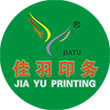
 English
English 中文简体
中文简体 Español
Español Deutsch
Deutsch

